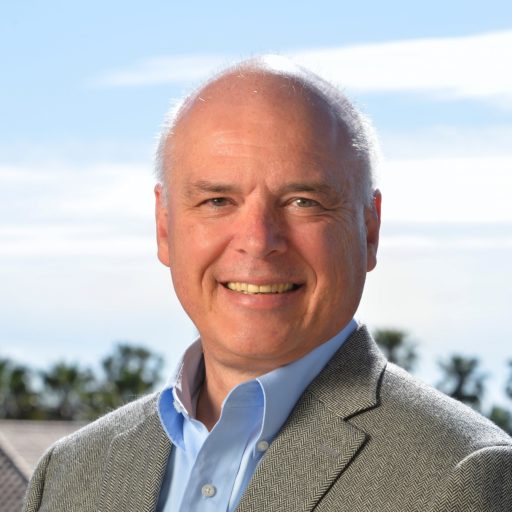Fundamentals of optics
We use optics increasingly in new ways – for example, in communications, in sensing, and in information processing – and with new technologies, such as nanophotonic structures and sophisticated photonic integrated circuits. As a result, we need to understand optics in new ways. The possibility of complex structures, well beyond lenses and mirrors, offers new capabilities, but challenges our ability to design and control. New kinds of structures will have new kinds of performance limits. We need new kinds of results and techniques, for example to count and control communications channels, and to quantify complexity. We may need new insights and even new physical laws.

A design for a mode separator based on an inverse-designed nanostructure
David Miller’s research in the fundamentals of optics has included basic work in waves, such as correcting Huygens’ famous principle of wave propagation, and clarifying the impossibility of full invisibility or “cloaking”. Recently, he has built a new modal approach to waves and optics. This approach with broad implications and uses, and also relates to ideas and techniques in programmable optics and universal optical components.
Modes are essentially the best choices of functions for describing a system. They can greatly simplify analysis and calculations. In sensing and communicating, and in interacting with complex optical structures, we need a modal approach that goes beyond the usual resonator modes or propagating modes in fibers. We need to describe instead how the optical inputs are related to the optical outputs. That requires both input and output modes. David Miller has devised such an approach, leading to “communications modes” and “mode-converter basis functions”.
These new modes in turn lead to new approaches to limits in optics, precise counting of channels, economical descriptions of any linear optics, novel results in electromagnetism, and new fundamental laws. See Waves and modes for a deeper discussion.
